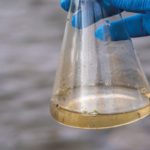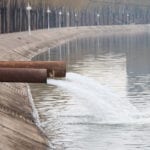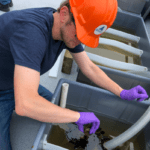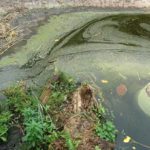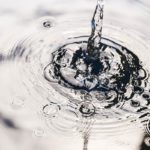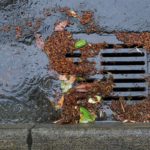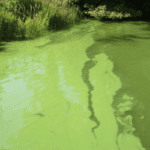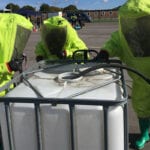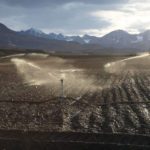Not-so-clear and present danger
The unfolding furore over sewage dumping seems to have mobilised political will in a way that observers suggest might be "game changing".
Defra’s Storm Overflows Discharge Reduction Plan falls short, says conservation group
"We are appalled to see that Defra’s Storm Overflows Discharge Reduction Plan has not taken into account the thousands of responses to the draft...
Washing machine filter captures microplastic without the need for disposables
Bristol based microplastic technology company Matter is launching Gulp, "the first sustainable, long-lasting washing machine microfibre filter" on Kickstarter from 11 October.
The firm develops...
Breaking the CSO cycle
Three steps to increased capacity, without capital expenditure: The use of combined sewer overflows (CSOs) has placed water companies in the firing line of regulators and ratepayers.
Research seems to confirm the effectiveness of oil dispersants
One of the few tools available to mitigate the damage from marine oil spills are chemical dispersants that break down oil in the water....
Study aims to better understand nitrogen pollution sources and solutions
Study traces the source of nitrogen pollution affecting the world’s second largest barrier reef
Agricultural operations are responsible for the vast majority of nitrogen...
Rainwater is no longer drinkable thanks to PFAS, say researchers
A perspective article by researchers from Stockholm University and ETH Zurich, published in August in Environmental Science & Technology, suggests that environmental contamination by...
Microbes degrade toughest PFAS
Under anaerobic conditions, common microbial communities can break the ultra-strong carbon-fluorine bond characteristic of these compounds.
Harnessing data to meet alarm system standard
Water company telemetry systems generate thousands of alarms each day, with the risk of control rooms becoming overwhelmed and missing critical alerts ever present....
Complaint launched after government misses legal deadline on environmental protections
On 1 November green groups submitted a letter of complaint to Defra after the Government failed to meet a legal deadline on setting new...
Spotting problems
A report on river quality, published by the UK Environmental Audit Committee (EAC), in January, revealed damning evidence of river pollution in England, and called for improvements in the monitoring of waterways for contamination from sewage outflows and other pollution sources
Contaminant cornucopia
Monitoring projects that collect and analyze urban runoff samples have just begun to characterize the dizzying array of contaminants, including tire- and vehicle-derived chemicals, per- and polyfluoroalkyl substances (PFAS), phosphorous, metals and many others, according to the American Chemical Society.
As winters warm, nutrient pollution threatens 40% of US
A first-of-its-kind national study appears to find that previously frozen winter nutrient pollution — unlocked by rising winter temperatures and rainfall — is putting...
Sponsored content: Adler and Allan announces trio of acquisitions
Adler and Allan, has announced the acquisition of three companies into the group: electrical specialists AMGS Electrical, hazardous material specialist Flotech Performance Systems Limited (Flotech) and industrial sewage specialist and underground infrastructure specialist Oneline Surveys
Sponsored content: MCERTS expertise provides watertight handling of storm overflows
The new Asset Management Period (AMP) in the UK water industry introduces a requirement to monitor any spills going into a storm tank – regularly referred to by those working in the sector as UMON3.
A good soil
Diesel-polluted soil from now defunct military outposts in Greenland can be remediated using naturally occurring soil bacteria, according to the evidence of a recently-completed experiment in Mestersvig in the east of the country. The University of Copenhagen contributed.
Microplastics: Six surprising everyday things that contain and release them
Microplastics have become so widespread that they have been discovered in fresh Antarctic snow. They enter the environment in all kinds of ways, not...
Fracking: The science, the risks and the regulations
Barnaby Harding, principal hydrogeologist at environmental consultancy ESI, explores the real science behind fracking, the risks to water resources it presents, and how these...
Instruments offer quick and simple analysis of metal content
Responding to customer demand from a wide variety of sectors, Ashtead Technology has added additional Niton XL3t GOLDD+ XRF Analysers to its rental fleet...
Top speakers lined up for spill seminar
A panel of high-profile speakers is being assembled for April’s annual seminar of trade body UKSpill.
The Inland Spill event will bring together contractors, insurers,...



